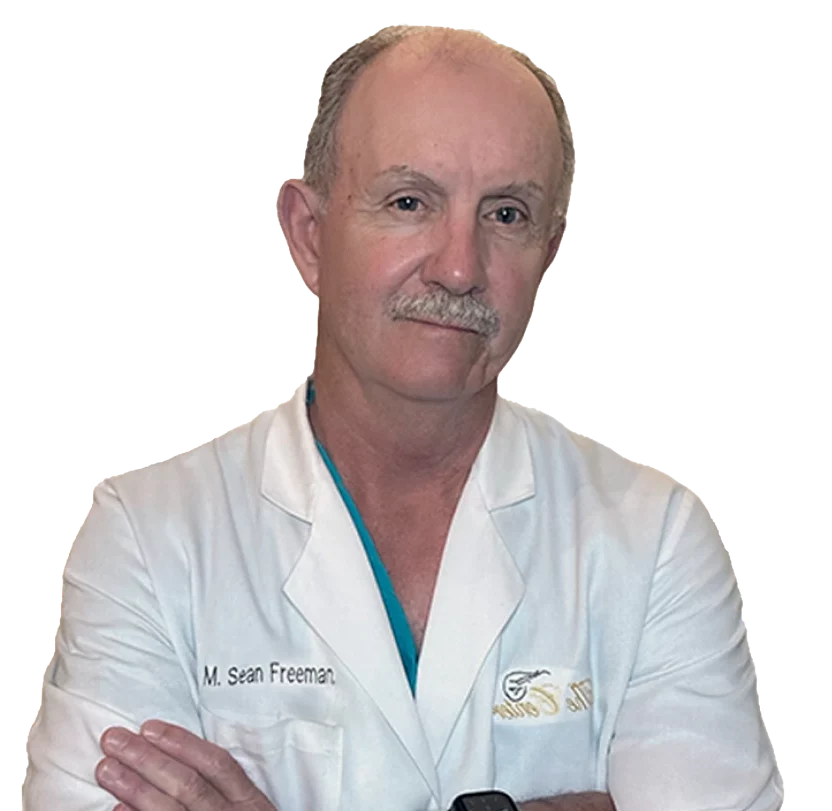Recovering from a facelift does not have to be a long and uncomfortable process. The best way to speed up your recovery is to follow your surgeon’s instructions closely, rest properly, eat a nutrient-rich diet, manage swelling and bruising, and attend all follow-up appointments. Implementing these strategies can help minimize complications and get you back to your normal routine faster.
Facelift surgery, while transformative, is a significant procedure, and your body needs time and support to heal effectively. By taking proactive steps during the first days and weeks after your surgery, you can improve both the speed and quality of your recovery, allowing your results to shine sooner.

Home » How to Speed Up Facelift Recovery?
The healing process after a facelift procedure involves several stages. Immediately after surgery, swelling and bruising are common. The first week is critical for managing these symptoms and protecting your surgical sites. As your body repairs tissues, the skin gradually adjusts to its new contours. Recovery typically takes 4-6 weeks, but the timeline varies depending on the type of facelift, your age, health, and how well you follow post-operative instructions.
Understanding each stage of healing can help you set realistic expectations and take actions that promote faster healing. During the early stage, your priority should be to reduce swelling, prevent infection, and avoid strain on the surgical area.
The first week after facelift surgery is often the most challenging. You may experience tightness, mild discomfort, bruising, and swelling. Limiting physical activity is crucial, as strenuous movements can increase swelling and delay healing. Elevate your head while resting or sleeping to minimize fluid accumulation and reduce pressure on your face.
Cold compresses applied to areas of swelling can provide relief, but make sure to follow your surgeon’s guidelines regarding their use. Gentle movements and avoiding facial expressions that stretch the skin will also protect your results. Your first week is the foundation of a smooth recovery, so patience and care are essential.
For patients who undergo a deep plane facelift, recovery may differ slightly from traditional facelifts. This advanced technique addresses deeper facial tissues, providing longer-lasting and more natural results. Because the surgery is more intricate, proper post-operative care is especially important.
Following your surgeon’s recommendations for wound care, medication, and activity restrictions will ensure that your deep plane facelift heals smoothly. While recovery might feel longer initially, adhering to guidelines accelerates healing and maximizes the benefits of the procedure.
While some swelling, bruising, and tightness are normal, certain symptoms should not be ignored. Excessive pain, redness, drainage, or fever may indicate infection or complications. Contact your surgeon promptly if you notice unusual symptoms. Early intervention can prevent setbacks and keep your recovery on track.
Paying attention to your body and following medical advice ensures that your healing process is safe and effective. By being proactive, you can address minor issues before they affect your overall recovery.
For those seeking a truly transformative change, professional facelift surgery at Only Faces can help you achieve a rejuvenated appearance. Dr. Freeman, our double-board-certified surgeon, specializes in facial plastic surgery designed to address loose skin and restore youthful contours.
With meticulous attention to incision sites and personalized surgical planning, Dr. Freeman ensures that each procedure supports natural-looking results while minimizing visible scarring. By combining advanced techniques with careful post-operative care, patients can experience smoother skin, lifted facial features, and long-lasting improvements. Following Dr. Freeman’s guidance both before and after surgery maximizes comfort, safety, and optimal results, helping you look and feel your best.
Dr. Sean Freeman
OCT 19, 2025
Recovering from a surgical procedure requires careful attention and patience, but with the right approach, a smooth facelift recovery is achievable. Most patients find that following their surgeon’s instructions, taking prescribed pain medication as needed, and keeping the head elevated during rest significantly reduces discomfort and minor swelling in the first days after surgery. Maintaining a balanced diet rich in vitamins and protein supports tissue repair, while monitoring blood pressure and avoiding strenuous activities helps prevent complications.
Cosmetic surgery is an investment in your appearance, addressing concerns like excess skin and other signs of facial aging. By adhering to post-operative guidance, attending follow-up appointments, and prioritizing self-care during the critical week post-surgery, patients can promote optimal healing and enjoy a successful recovery. With careful management and realistic expectations, the results of your facelift can provide long-lasting rejuvenation and restore confidence in your appearance.

The deep plane facelift is a more advanced technique but also more demanding. It works beneath the surface to lift and reposition the deeper facial layers, delivering longer-lasting, more natural results.
Dr. Sean Freeman has been performing deep plane facelifts for over 20 years, long before it became the media’s favorite buzzword. His depth of experience means each procedure is done with precision, safety, and aesthetic sensitivity refining natural features, not distorting them.
In facial plastic surgery, the technique matters but the surgeon matters more.